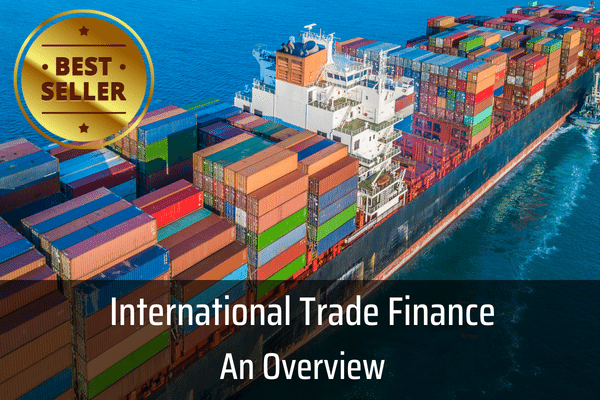There are no items in your cart
Add More
Add More
| Item Details | Price | ||
|---|---|---|---|

The MT 760 SWIFT Message - Issue of a Demand Guarantee/Standby Letter of Credit is used to issue the bank guarantee or the standby letter of credit. So, MT 760 is sent by the guarantor or the SBLC issuing bank to the beneficiary’s bank.
The MT 761 message is used along with a MT 760 when the text of the guarantee is so long that it can't be fit in a single MT 760. The bank cannot issue two MT 760s in that case. So, the bank sends a MT 761 along with the MT 760. If the text of the guarantee is huge, then there can be a maximum of seven MT 761s along with a MT 760.
Want to learn more about International Trade Finance?

Discover all the essentials for a career in trade finance with this comprehensive 5-in-1 course package
View Details
Earlier the structure of the MT 760 used to be as above. There used to be only five mandatory fields with the entire details of the guarantee text coming under the Field 77C ‘Details of Guarantee’.
Since the entire chunk of information used to come under the field 77C, it created issues in Straight Through Processing and Anti Money Laundering processes.

Source: SWIFT
The MT 760 structure has thus been changed completely and the message is now divided into three sections.
There is a sequence A which contains the general information. Next is the sequence B which contains the guarantee undertaking details. Lastly there is an optional sequence C for local undertaking details which can be used in case of issuing counter guarantees. Along with the MT 760, there can be a maximum of 7 MT 761 messages following a MT 760.

Let us see the overall structure.
As you can see here instead of the earlier 7 fields, now there are 70 fields. Also, the number of mandatory fields have increased substantially.
The first sequence A is related to the general information of the guarantee where the purpose of the guarantee is to be mandatorily populated in Field 22A ‘Purpose of Message’. It can contain values like ‘ISSU’ which is used when a guarantee is issued, ‘ISCO’ is to be used when a counter guarantee is issued. There are other codes also for advising a guarantee and other events.
Next, in the sequence B, all the information related to the guarantee should be present. Let's discuss the mandatory fields. The guarantee number is to be put in Field 20 followed by the date of issue. Whether the instrument is a SBLC or a demand guarantee that is to be put in Field 22D. 'DGAR' stands for Demand guarantee and 'STBY' stands for Standby letter of credit.
Field 40C is for the applicable rules. The possible values can be 'URDG' for URDG 758, 'UCPR' for UCP 600, 'ISPR' for ISP 98. If it is not subject to any of the ICC rules, then the value should be 'NONE'. It may also happen that the instrument is subject to any earlier version of a rule. In that case the value 'OTHR' should be selected and the rule details may be given in a separate narrative field.
Next mandatory field is the Expiry Type. The expiry may be fixed having a fixed date or it may be conditional to some specific event happening. There is also an option of keeping the expiry open without any specified date.

The other mandatory fields are details of the issuer, and the beneficiary, the guarantee amount and the terms and conditions of the guarantee. Sequence C will come only in the case of a counter guarantee.
So, this is how the new MT 760 used to issue a guarantee or a SBLC looks like.
WANT TO READ MORE?
Already signed up/ logged in? Then you are all set!

Easy Explanation of International Trade Payment Methods like LC, Collections, BG etc and Incoterms 2020

Types & Uses in International Trade | URDG 758 & ISP 98 - Main Points | Clauses & Examples | Related SWIFT Messages

Jump start your Trade Finance career with this 4-in-1 course package - Trade Finance Overview, Letter of Credit, Bank Guarantees and Incoterms® 2020